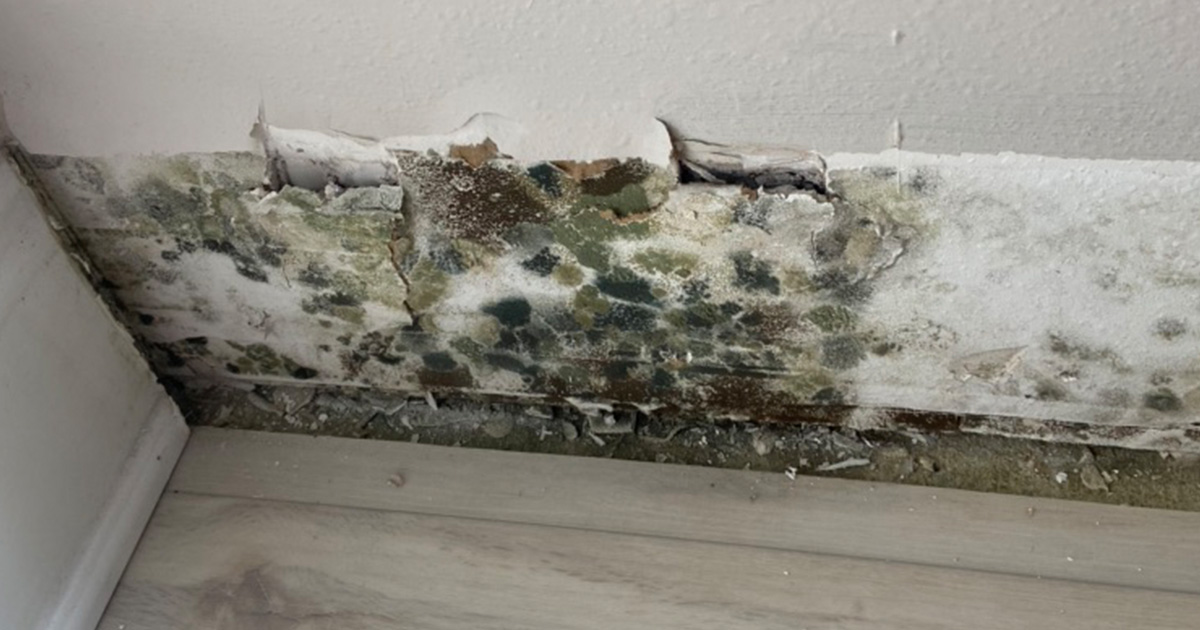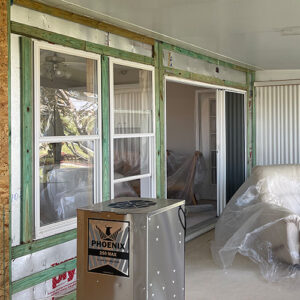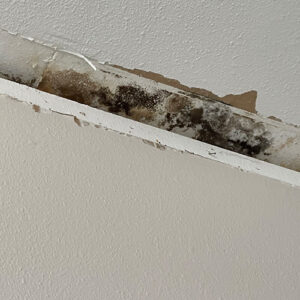Investing in Solar: The Advantages for Florida Homeowners
Florida, known as the Sunshine State, boasts stunning weather, sandy beaches, and a lively culture. With over 230 sun-filled days per year, it’s not surprising
FL License No. CCC1334089/CGC1532627

Residing on Florida’s picturesque Gulf Coast offers the perfect combination of sun-soaked days, sandy beaches, and a relaxed lifestyle. However, this region is also susceptible to hurricanes, tropical storms, and other natural calamities, which can lead to water damage in residential and commercial properties. When the weather takes a turn for the worse and you’re confronted with water damage, it’s crucial to act swiftly and efficiently. This in-depth guide will help you navigate the process of evaluating, repairing, and restoring your home after water damage strikes.
Before venturing inside your home, make sure it is safe to enter. If you suspect structural damage, consult a professional to assess the situation. Additionally, be mindful of potential hazards such as electrical problems or gas leaks. If you detect a gas odor, evacuate the area immediately and contact your local gas provider.
As soon as it is safe to do so, get in touch with your insurance provider to report the water damage. They will likely dispatch an adjuster to inspect your property and guide you through the claims procedure. Be sure to supply all relevant documentation, including photographs, videos, and any receipts for expenses incurred as a result of the damage.
Identifying the cause of water damage is vital for both insurance and proper restoration purposes. There are three water damage categories:

After determining the source of water damage and ensuring appropriate safety measures are in place, begin the water removal process. Depending on the severity of the damage, you may be able to handle this step yourself using a wet/dry vacuum or a portable sump pump. However, for more severe water damage, it’s advisable to employ a professional water damage restoration company.
After extracting the water, dispose of any materials that have been damaged or contaminated. This may include carpeting, drywall, insulation, and personal items.

Once the affected materials have been removed, it’s essential to dry and dehumidify the area thoroughly. This step is crucial to prevent mold growth
After your home has been thoroughly dried, it’s essential to clean and sanitize all affected surfaces to remove any contaminants and prevent the growth of mold and mildew.
Mold can begin to grow within 24-48 hours of water exposure, so it’s crucial to inspect your home for any signs of mold growth as soon as possible. If you discover mold, address the issue immediately to prevent further damage and health risks.

Once your home has been cleaned, sanitized, and inspected for mold, it’s time to begin the restoration and repair process. Depending on the extent of the damage, this may involve replacing drywall, insulation, flooring, and other structural elements.
After experiencing water damage, it’s essential to take steps to prevent future incidents. Implementing preventative measures can help protect your home and provide peace of mind.
Dealing with water damage can be a stressful and overwhelming experience for Gulf Coast homeowners. By following this comprehensive checklist, you can confidently navigate the process of assessing, repairing, and restoring your home. Remember that safety should always be your top priority, and don’t hesitate to seek professional assistance when necessary. By taking the proper steps and implementing preventative measures, you can protect your home and enjoy the beauty of Florida’s Gulf Coast for years to come.
Florida, known as the Sunshine State, boasts stunning weather, sandy beaches, and a lively culture. With over 230 sun-filled days per year, it’s not surprising
Residing on Florida’s picturesque Gulf Coast offers the perfect combination of sun-soaked days, sandy beaches, and a relaxed lifestyle. However, this region is also susceptible
Residing along the Gulf Coast of Florida presents a unique set of challenges, including scorching heat, high humidity, and the ever-present danger of hurricanes and